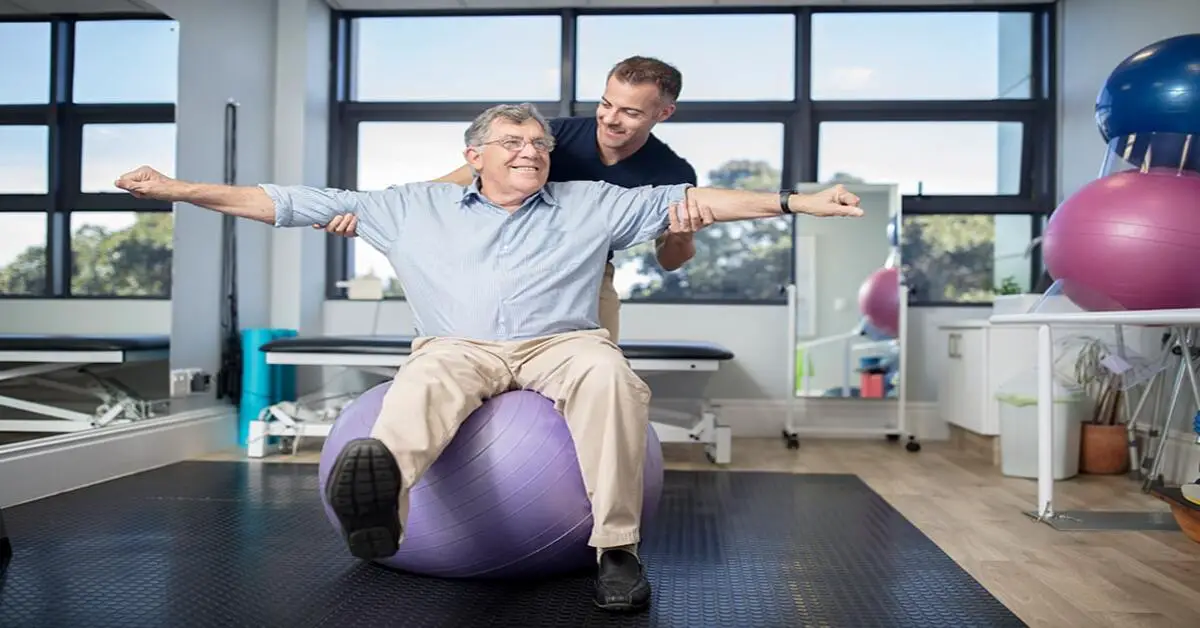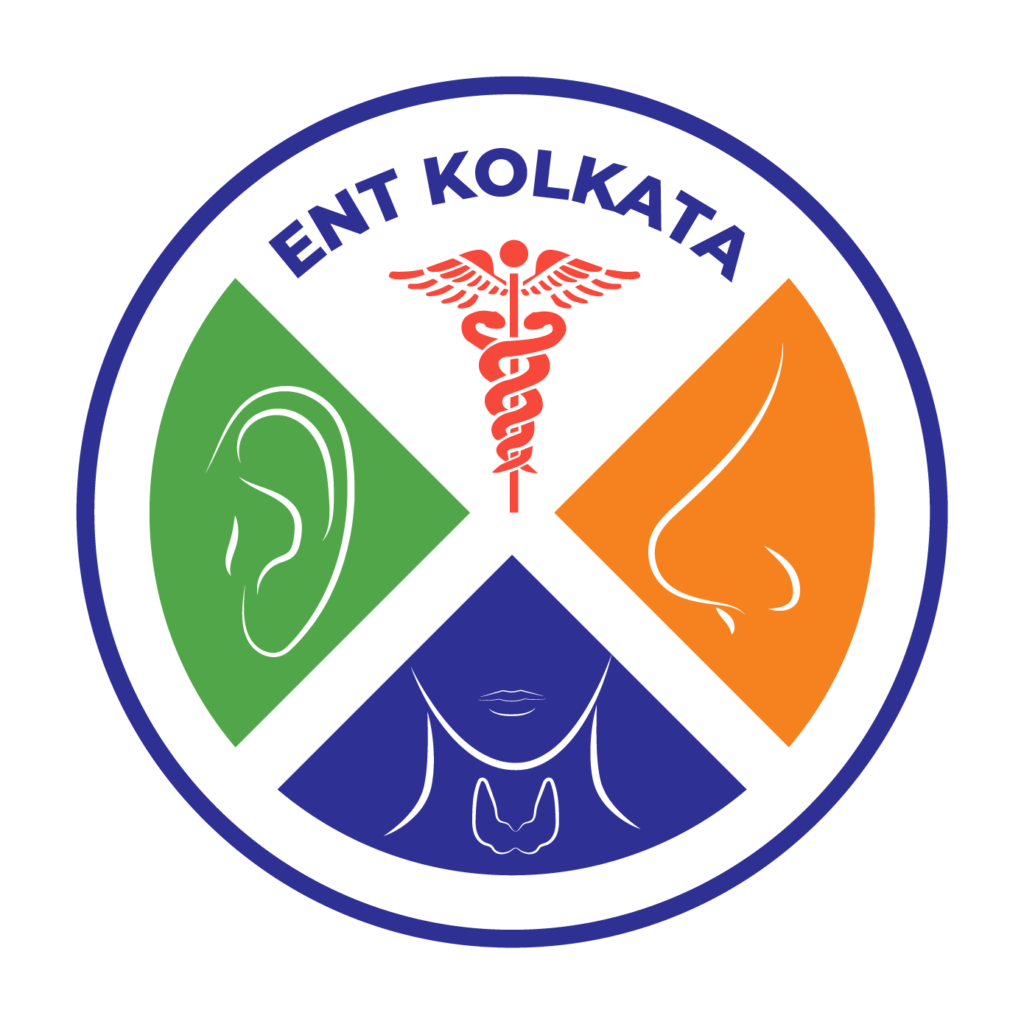
Vestibular rehabilitation exercises are a type of physical therapy designed to help individuals with vestibular disorders, which affect the inner ear’s balance and spatial orientation systems. These exercises aim to reduce dizziness, improve balance, and enhance overall functional abilities. It’s important to note that these exercises should be performed under the guidance of a trained healthcare professional, such as a physical therapist or vestibular therapist, who can tailor the exercises to your specific condition. Here are some common vestibular rehabilitation exercises:
- Gaze Stabilization Exercises:
- Fixation Point: Focus on a stationary object while moving your head from side to side, up and down, and at various angles.
- Visual Tracking: Track a moving object with your eyes, such as an index finger or a swinging pendulum.
- Head Movements: Move your head from side to side or up and down while keeping your eyes fixed on a target.
- Balance Exercises:
- Standing Balance: Stand on one leg or both legs with your eyes open and then closed. Gradually increase the difficulty by introducing uneven surfaces like foam pads or foam rollers.
- Weight Shifts: Shift your weight from one foot to the other while standing or walking in a straight line.
- Tandem Walking: Walk heel-to-toe along a straight line to challenge your balance.
- Gait Training:
- Walk in various patterns, such as straight lines, zigzags, or figure eights, while maintaining a steady gait.
- Walk while turning your head or looking up and down to challenge your balance and spatial orientation.
- Habituation Exercises:
- Perform movements that provoke dizziness, such as head tilts or quick head turns, to help your brain adapt and become less sensitive to these movements.
- Brandt-Daroff Exercises:
- These exercises are typically prescribed for benign paroxysmal positional vertigo (BPPV). They involve a series of specific head and body movements designed to reposition ear crystals (otoconia) within the inner ear.
- Epley Maneuver:
- Used to treat BPPV, this series of head and body movements helps reposition the displaced otoconia in the inner ear.
- Cawthorne-Cooksey Exercises:
- These exercises are a set of gentle movements and activities that help improve balance and reduce dizziness. They include activities like head movements, eye exercises, and balance exercises.
- VOR (Vestibulo-Ocular Reflex) Exercises:
- These exercises focus on improving the coordination between your head and eye movements.
Remember that vestibular rehabilitation is a specialized field, and exercises should be prescribed and supervised by a healthcare professional. The specific exercises and their progression will depend on your diagnosis and individual needs. Always consult with a healthcare provider before beginning any vestibular rehabilitation program to ensure it is appropriate for your condition.
If you are experiencing any of the symptoms described above, call our Best ENT surgeon in kolkata – ENT Care in Kolkata – Dr. Indranath Kundu. Best doctor for ENT
Schedule your appointment at the Ear, Nose, and Throat Center today, call +91-98360-18897. Or Fill Up This Form
